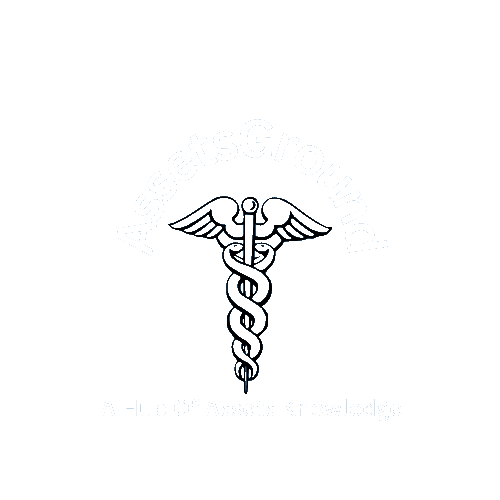Is A Patent A Current Asset Or A Non-Current Asset?

A patent is an intellectual property that gives legal ownership to the inventor to restrict others from creating, using, and selling the invention or the inventor can provide the permission to use the invention for a limited time period.
Is A Patent A Current Asset Or A Non-Current Asset?
A patent is not a current asset because it is included in the intangible assets and these assets are normally used in a business for longer than one year period and are recorded as non-current assets.
In most cases, intangible assets are always considered non-current assets because these assets have a very limited market and are difficult to convert into cash within a short period.
In short, patents are not current assets but they are recorded as non-current assets in the balance sheet.
Is a patent a current asset?
A patent is not a current asset because it has a very limited market and takes a longer period to convert into cash.
Is A patent a non-current asset?
Yes, patents are recorded as non-current assets because they are expected to use in a business for a longer period.
Is A patent a tangible or intangible asset?
A patent is an intellectual property and has no physical appearance or existence, so it is included in the intangible asset while tangible assets have physical existence.
What is a patent?
A patent is intellectual property that belongs to someone who has legal ownership of something and can restrict others to create it, use it, and sell it.
Why patents are recorded as non-current assets in the balance sheet?
Patents are expected to use for longer than one year, so they are recorded as non-current assets.
Why patents are important for a business?
Patents are important to a business because it shows legal ownership and the owner can restrict anyone from using or selling it.
